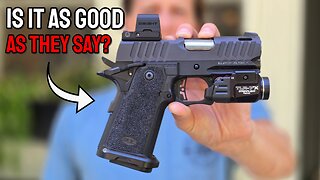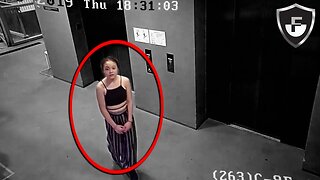Premium Only Content

Midnight Lofi: A Smooth and Relaxing Playlist for Late Nights
https://zombielofigirl.com/pages/zombie-lofi-girl-lofi-hip-hop-sleep-and-piano-chords
https://zombielofigirl.com/pages/lofi-meaning-what-is-lofi-music
https://zombielofigirl.com/post/archives/category/zombielofigirlvids
https://zombielofigirl.com/pages/what-is-lofi-music-lofi-study-music
See More Christmas Ambience -
https://www.youtube.com/watch?v=OHYexFbHyzY&t=121s
https://www.youtube.com/watch?v=CnCn17ZLycw&t=19s
https://www.youtube.com/watch?v=hOLKBvBPiWY&t=1011s
https://www.youtube.com/watch?v=1QobNIHfPtw&t=564s
Creating lo-fi beats can be a rewarding and fulfilling experience for producers and beatmakers of all levels. Lo-fi hip hop is characterized by a relaxed, atmospheric sound that often incorporates elements of jazz, soul, and electronic music. It is characterized by a lo-fidelity sound, which means that it has a lower quality or less polished sound than other types of music.
There are many ways to create lo-fi beats, and the exact process will depend on your personal preferences and the equipment you have available. Here are some general steps you can follow to create your own lo-fi beats:
Gather your equipment: The first step in creating lo-fi beats is to gather the equipment you will need. This can include a computer or laptop with a digital audio workstation (DAW), a MIDI controller, a microphone, and any other hardware or software you may want to use.
Choose your samples: Lo-fi beats often incorporate samples of old jazz, soul, or funk records, which are often sourced from record stores or online marketplaces. You can also use samples from other sources, such as your own recordings or sounds you have created with synthesizers or other electronic instruments.
Process your samples: Once you have gathered your samples, you can begin to process them to create the lo-fi sound you are looking for. This can involve pitch shifting, chopping, or adding effects like reverb, delay, or distortion. Experiment with different processing techniques to find the sound that works best for you.
Add live instrumentation: In addition to samples, lo-fi hip hop often incorporates live instrumentation, such as drums, bass, and guitar. You can use a MIDI controller or a digital audio workstation to record and manipulate these sounds. Alternatively, you can use live instruments and record them directly into your DAW.
Add vocals: The vocals in lo-fi hip hop can vary widely, from rapping to singing to spoken word. You can record your own vocals or use samples of other artists' vocals. Alternatively, you can use a software program like Auto-Tune to manipulate your vocals and create a unique sound.
Mix and master your track: Once you have all of the elements of your lo-fi beat in place, you will need to mix and master your track to bring it all together. This can involve adjusting the levels of each element, adding effects like reverb and delay, and using EQ and compression to shape the overall sound of your track.
Share your track: Once you have completed your lo-fi beat, you can share it with others through platforms like SoundCloud, Bandcamp, or YouTube. You can also release it as a physical record or sell it through online music stores.
Creating lo-fi beats can be a fun and rewarding process, and it is a great way to express yourself creatively. By following these steps and experimenting with different techniques and sounds, you can create your own unique lo-fi beats and share them with the world.
-
 LIVE
LIVE
MrR4ger
14 hours agoSUNDAY FUNDAY w/ R4GER - VARIETY / DIABLO 4/ FOR HONOR / ETC?
105 watching -
 5:40
5:40
WhaddoYouMeme
3 days ago $0.16 earnedThey’re Calling This the End of Masculinity
11.4K12 -
 15:24
15:24
Tactical Advisor
18 hours agoBest 2011 of 2025 | Bul Armory Ultralight Pro
13.7K -
 27:31
27:31
True Crime | Unsolved Cases | Mysterious Stories
2 days ago $0.09 earnedThe Hong Kong Schoolgirl Mystery – 5 Mysterious Unsolved Cases (Part 8)
11.8K1 -
 7:19
7:19
China Uncensored
1 day agoChina is DONE in the South China Sea
10.8K19 -
 LIVE
LIVE
Joe Donuts Live
4 hours ago🟢 Loot Rats Unleashed: Arena Breakout Chaos! | Joe + Tony + Vlad
234 watching -
 30:37
30:37
Degenerate Plays
16 hours ago $0.01 earnedThis College Is Out Of Control - GTA Online : Part 9
7.19K -
 16:28
16:28
Mrgunsngear
3 days ago $0.49 earnedBeretta 92XI SAO Sabbia Review - A Few Surprises
9.36K6 -
 1:48
1:48
Memology 101
2 days ago $0.04 earnedThis aged like milk for Tish James...
4.69K7 -
 2:45:02
2:45:02
Boxin
4 hours agoGrounded! part 5
13.2K